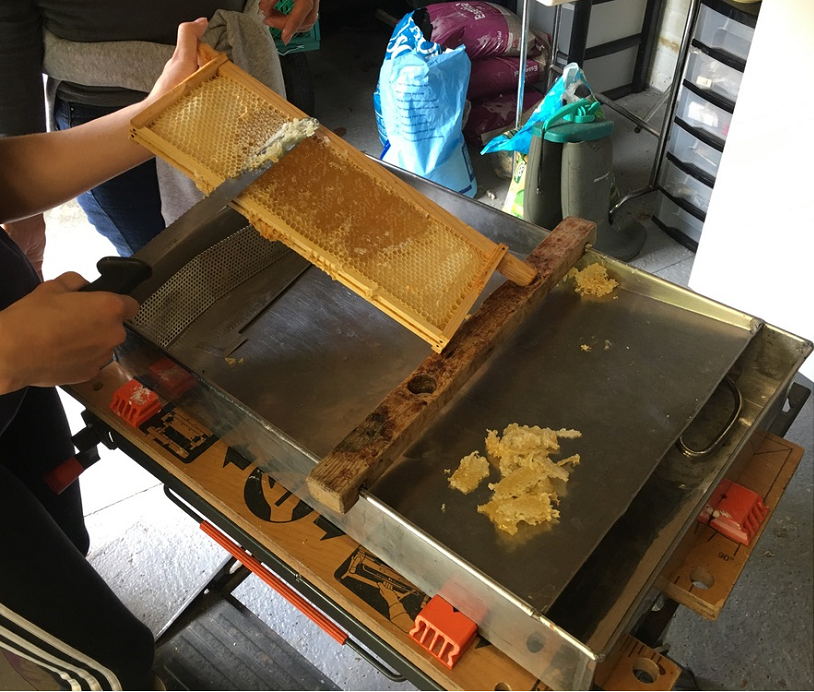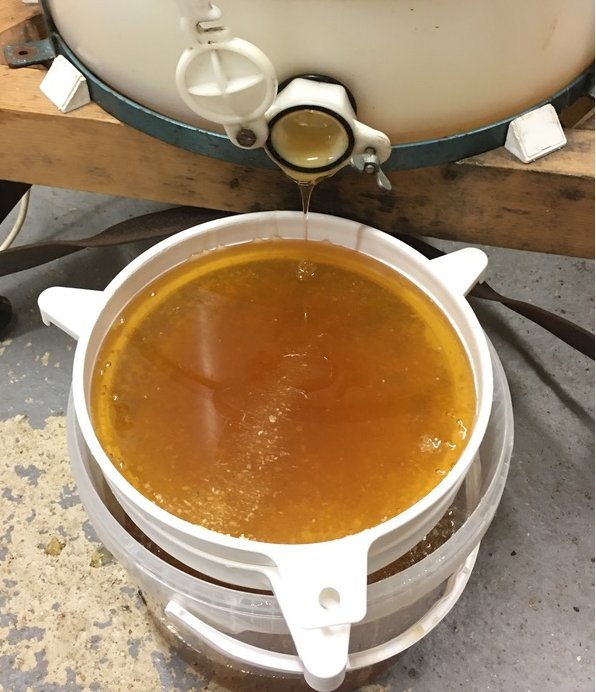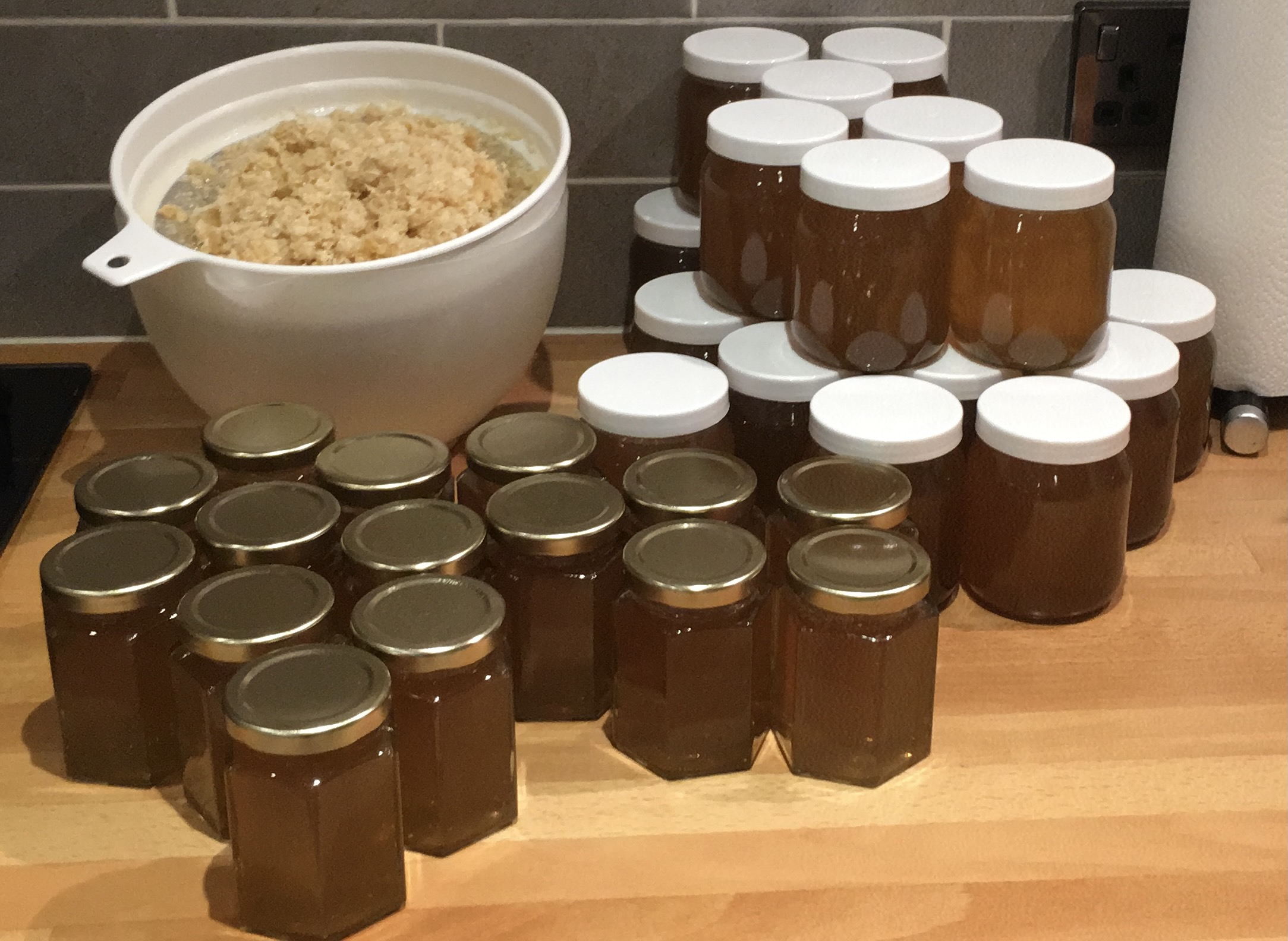Bees and honey
About honey bees
In summer, a flourishing honey bee colony will contain upwards of 50,000 bees in a single hive. However, in winter that number will drop to only one tenth that number. All worker honey bees are female and those that leave the hive to collect nectar are typically between 10 and 30 days old.
Bees fly at about 15 feet above the ground at anything up to 15 miles per hour and possibly up to three miles from the hive in their search for nectar. On each foraging flight the worker bee will visit somewhere between 50 and 100 flowers before returning with the nectar gathered in her honey stomach. On returning to the hive she shares the nectar with other bees and dances to show where she found it. Young bees known as house bees store the nectar and reduce the water content to produce the honey we harvest.
In her lifetime, one bee gathers enough nectar to make about one twelfth of a teaspoon of honey. That means one pound of honey represents the work of 25,000 bees flying 90,000 miles and visiting two million flowers. Barring mishaps, a worker bee literally works herself to death. Besides producing honey for the colony, worker bees are also providing a valuable pollination service to the nectar providers.
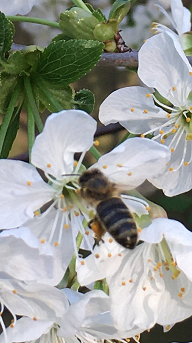
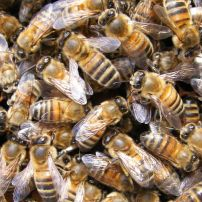
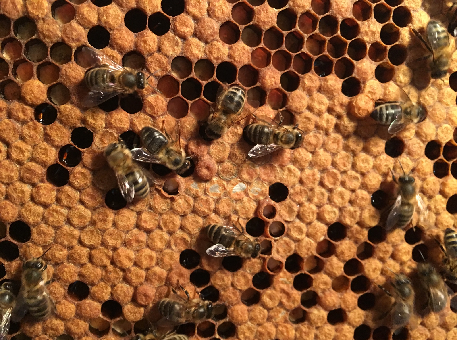
Honey for sale
If you would like to buy some delicious locally produced honey, please contact us for a list of our members who sell their honey: This email address is being protected from spambots. You need JavaScript enabled to view it..
There are many different types of honey with different characteristics: clear/opaque, runny/set, dark/light and many different flavours. The characteristics of each type depends on the bees’ forage which changes over the season and how it is processed by the beekeeper. Local beekeepers do not attempt to produce a uniform product but instead produce a uniquely flavoured raw honey reflecting the efforts of many thousands of bees and hours of work on the part of the beekeeper.
All locally produced honey will granulate or set over time but this does not affect its quality. If you prefer your honey to be runny you can heat it gently. Loosen the jar lid and stand the jar in hot water. Heat very slowly until the honey becomes liquid being careful not to overheat as that will cause changes in colour and flavour. Please note that raw honey is unsuitable for children under 12 months.
Honey is delicious on your morning toast but it is also a versatile ingredient in the kitchen: Roger Patterson's honey recipes.
